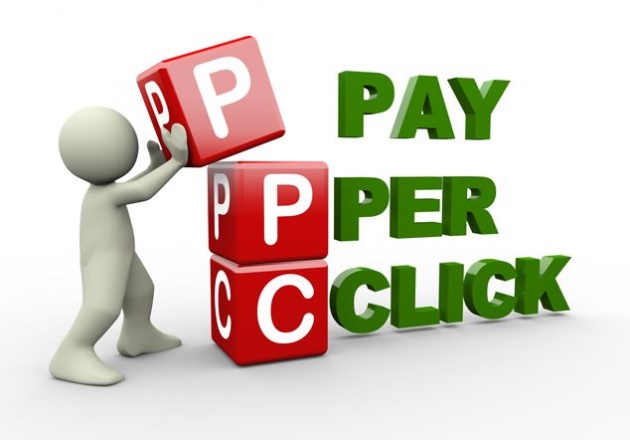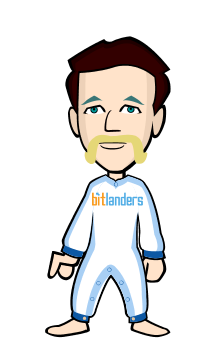Pay per click (PPC), also called cost per click, is an internet advertising model used to direct traffic to websites, in which advertisers pay the publisher (typically a website owner) when the ad is clicked. It is defined simply as “the amount spent to get an advertisement clicked.”[1]
With search engines, advertisers typically bid on keyword phrases relevant to their target market. Content sites commonly charge a fixed price per click rather than use a bidding system. PPC "display" advertisements, also known as "banner" ads, are shown on web sites or search engine results with related content that have agreed to show ads.
In contrast to the generalized portal, which seeks to drive a high volume of traffic to one site, PPC implements the so-calledaffiliate model, which provides purchase opportunities wherever people may be surfing. It does this by offering financial incentives (in the form of a percentage of revenue) to affiliated partner sites. The affiliates provide purchase-point click-through to the merchant. It is a pay-for-performance model: If an affiliate does not generate sales, it represents no cost to the merchant. Variations include banner exchange, pay-per-click, and revenue sharing programs.
Websites that utilize PPC ads will display an advertisement when a keyword query matches an advertiser's keyword list, or when a content site displays relevant content. Such advertisements are called sponsored links or sponsored ads, and appear adjacent to, above, or beneath organic results on search engine results pages, or anywhere a web developer chooses on a content site.[2]
The PPC advertising model is open to abuse through click fraud, although Google and others have implemented automated systems[3] to guard against abusive clicks by competitors or corrupt web developers.[4]



